Toward Reading and Writing: The Montessori Movable Alphabet
Last month we shared the Montessori Sandpaper Letters, and today Beth Holly is back with another installation of our Montessori Primary Language series, explaining How to Present the Montessori Moveable Alphabet.
Montessori Moveable Alphabet Lesson
Today’s post is the third in a series that we’re presenting on early Montessori language lessons that lead the child toward reading and writing. Our first post was on the Sound Games, followed by the Sandpaper Letters.
The Movable Alphabet is preceded by the Sound Games and the Sandpaper Letters. The Sound Games highlight that spoken words can be broken into individual sounds. The Sandpaper Letters associate a letter with each spoken sound. The Movable alphabet allows the child to compose words of her own choosing before she’s able to use a pencil!
The child uses her knowledge of spoken sounds and their corresponding letters to “write” words. Ideally, the child should know all the Sandpaper Letters before beginning the Movable Alphabet, since this will allow her write anything that comes to her mind.
Once introduced, the Movable Alphabet should be done every day. The child will use invented spelling based on the Sandpaper Letters, spelling words like ‘plai’ instead of ‘play’ or ‘nies’ instead of ‘nice.’ This is OK! We’re not concerned with correct spelling at this point. When the child reads, she will learn that ‘ai’ is also spelled ‘ay.’
We don’t ask the child to read back words that she’s made with the Movable Alphabet, because reading (synthesizing) is a different process from the sound analysis done with the Movable Alphabet.
Generally we encourage the child to think of words to write without the aid of pictures or objects, because this stimulates thought, and pictures might limit the child’s thinking of other more creative words.
Initially, the teacher might be needed to help the child think of some words to build. You could suggest personal categories to “write” about: her favorite food or animals; things in her home, etc.
So let’s look at how to present the Movable Alphabet.
How To Present the Montessori Movable Alphabet
Purpose: Direct: to auditorily analyze words and reproduce the words with graphic symbols. Indirect: analysis of words as preparation for reading and writing.
Material: a box divided into compartments holding the 26 letters of the alphabet in cursive script, with vowels in blue and consonants in pink or red. Large mat or rug.
Age: around 4 +
Prerequisite: 1. proficiency with the sounds games, being able to hear each sound consecutively in a spoken word. 2. ability to identify the sandpaper letters, associating the key sounds with their written symbols.
Control of Error: Teacher
Presentation
1. Place the box on a large rug. Introduce the box and explore the letters with the child. “Can you find ____?” Child learns the location of the letters in the box.
2. Show how to make a “phonogram” (a sound represented by two letters; the green sandpaper letters). “Can you find the ‘er’ sound? Get the ‘er’ sandpaper letter. Oh! It has two letters; let’s make it.”
3. Tell the child, “I’m going to say a word. Let’s listen for the sounds in that word.”
4. Say the word emphasizing the first sound. For instance “hat,” emphasizing the h. Ask the child, “What’s the first sound in hat?” Child should identify the h. Guide the child to place the h on the rug.
5. Tell the child, “Let’s listen again.” Say the word emphasizing the second sound. Ask the child, “What’s the second sound in hat?” Child should identify the a. Guide the child to place the a on the rug.
6. Tell the child, “Let’s listen again.” Say the word emphasizing the last sound. Ask the child, “What’s the last sound in hat?” Child should identify the t. Guide the child to place the t on the rug.
7. Tell the child, “You made hat!”
8. Proceed to analyze more words, placing them neatly on the rug, one below the other. If the sound games have been done extensively, the child should be able to proceed with four and five-letter words.
9. At this point, you may take one word and mix it up at the bottom of the rug, and let the child build it again following the same procedure as above. Proceed to rebuild each word in this fashion.
10. If the child is interested, you may proceed to build more words.
11. Guide the child in putting the materials away.
Exercise: Child constructs words of her choice.
Extensions
Child constructs phrases, sentences, and stories. The teacher encourages this stage through suggestions and questions. Remember, the child will use invented spelling based on the key sounds, which does not need correction at this stage.
u wet dog
thu pink pig
yeloa flouers
yue ar mie frind
ie ait pie and then ie plaid ie ran fast mie tumee hert
To learn more about Montessori theory, be sure to subscribe below and check out more of Beth’s work on Teachers Pay Teachers.
Check out the two previous posts in this series: The Montessori Sound Games and The Montessori Sandpaper Letters.
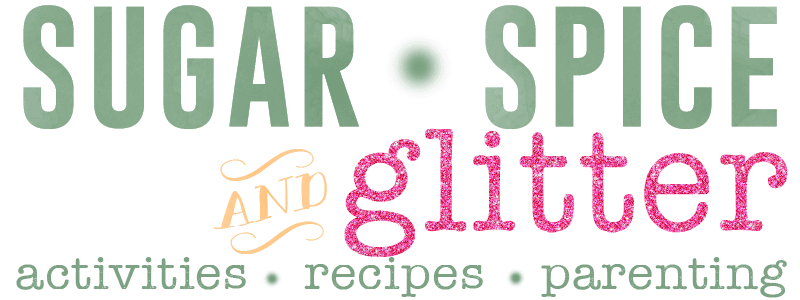
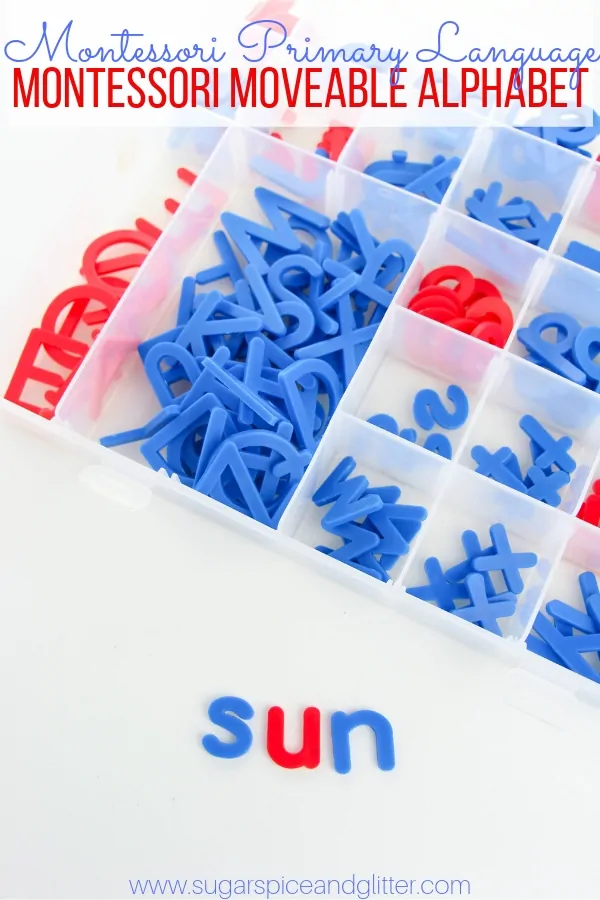

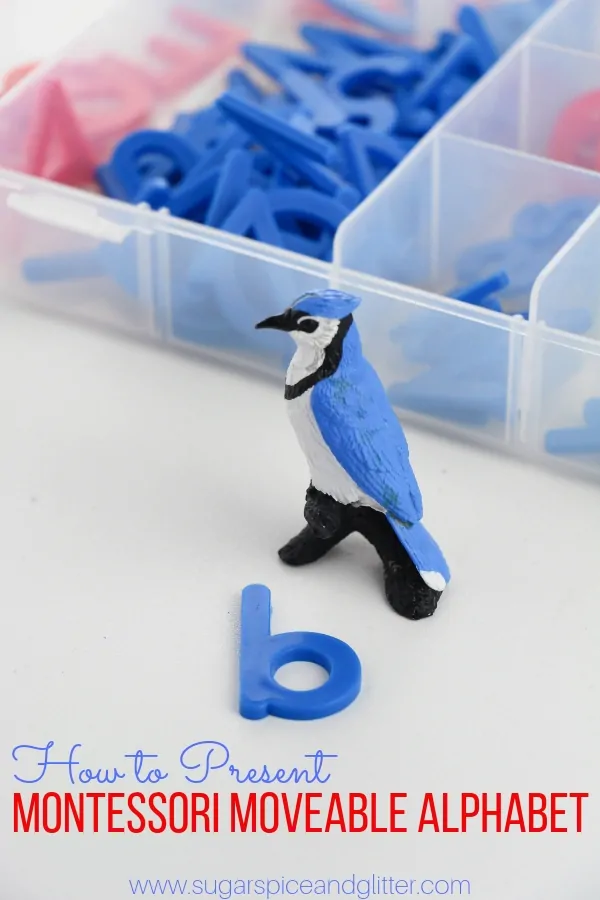
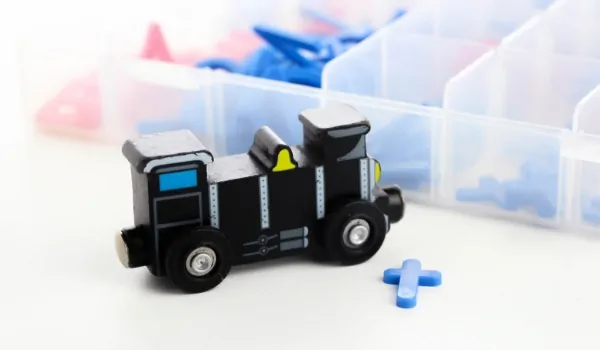
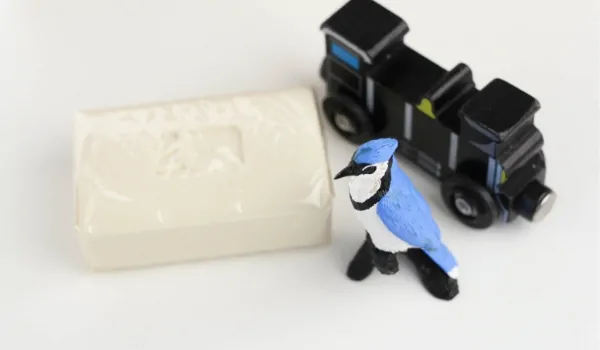
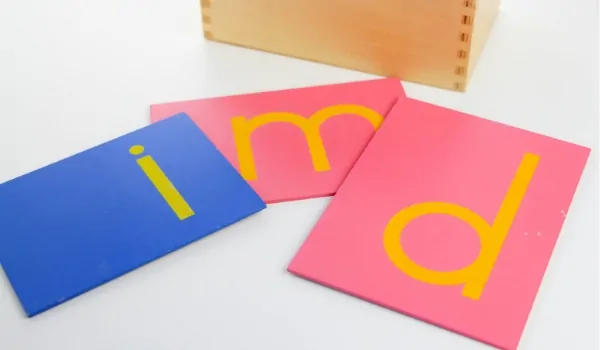

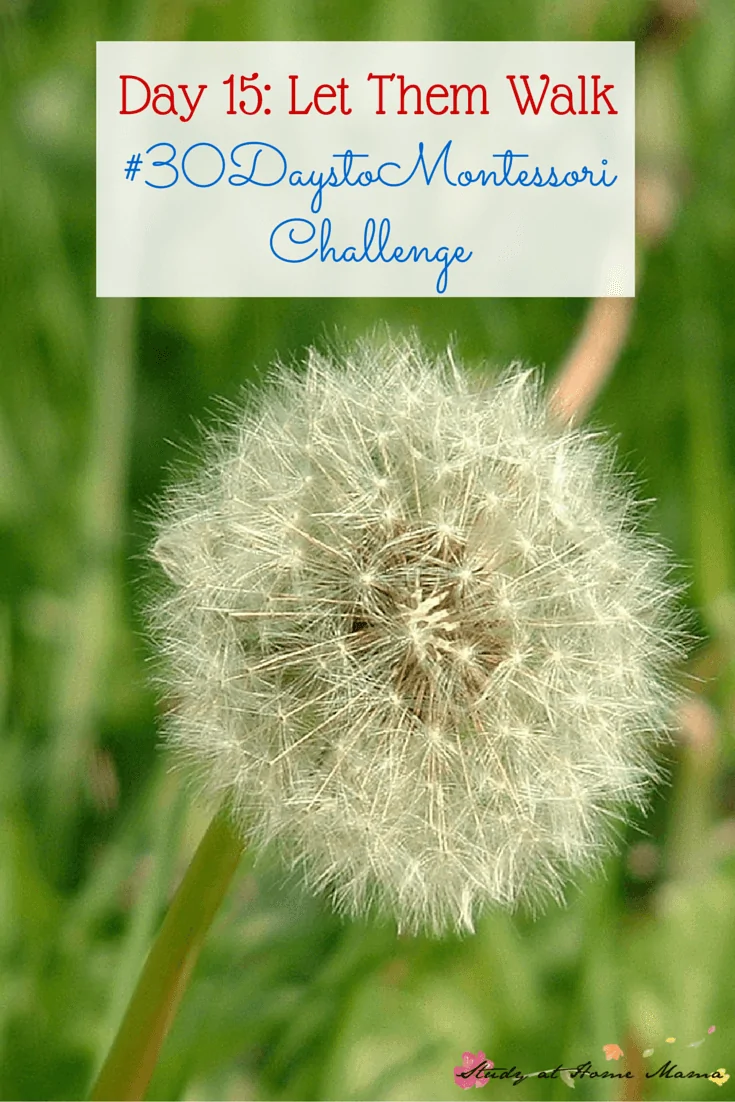
This message deserves a wide audience because of the positive impact it can make. As a loyal reader, I’m consistently impressed by the engaging content on your blog. Your work is brilliant and incredibly valuable.
thank you!
Thank you so much!